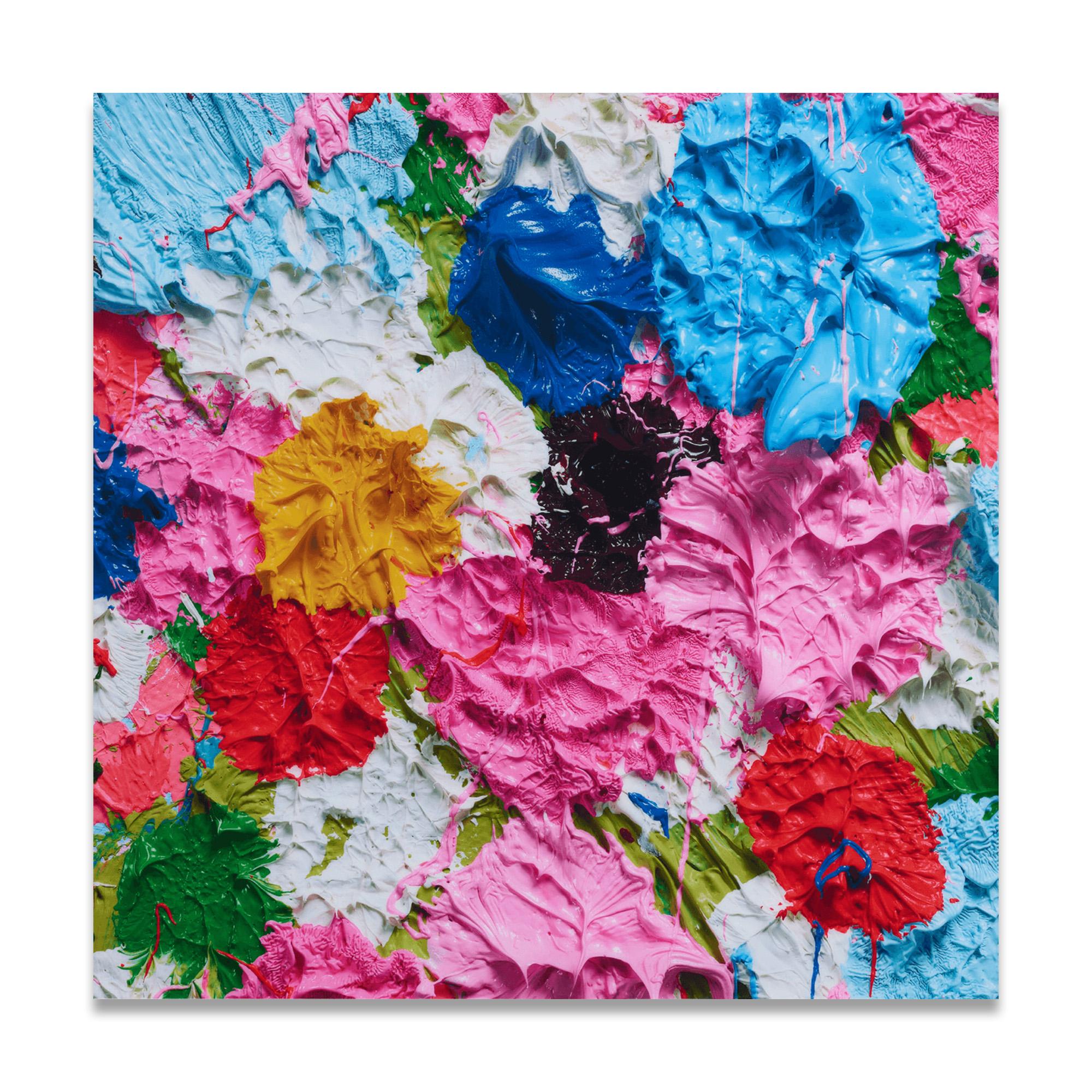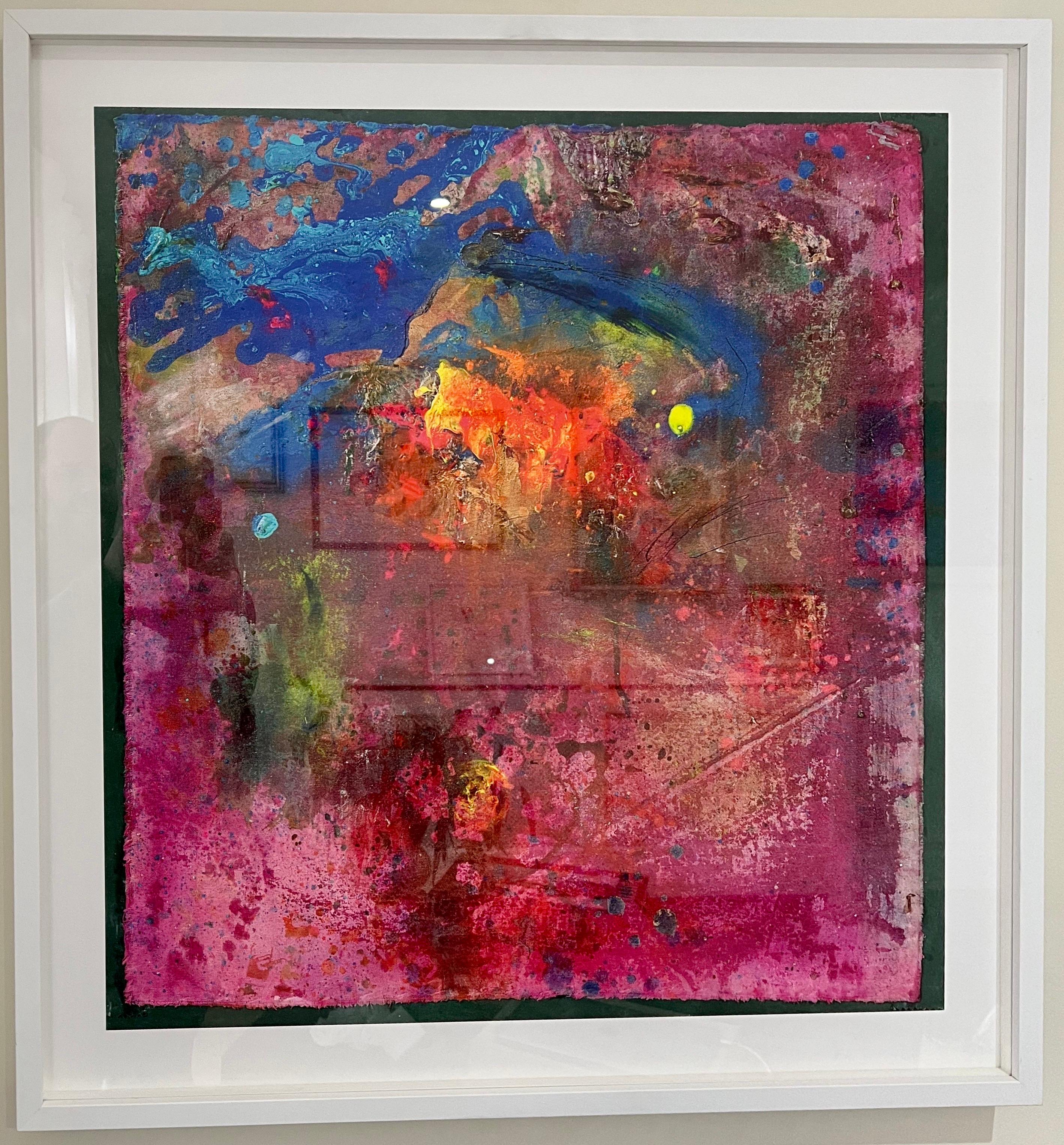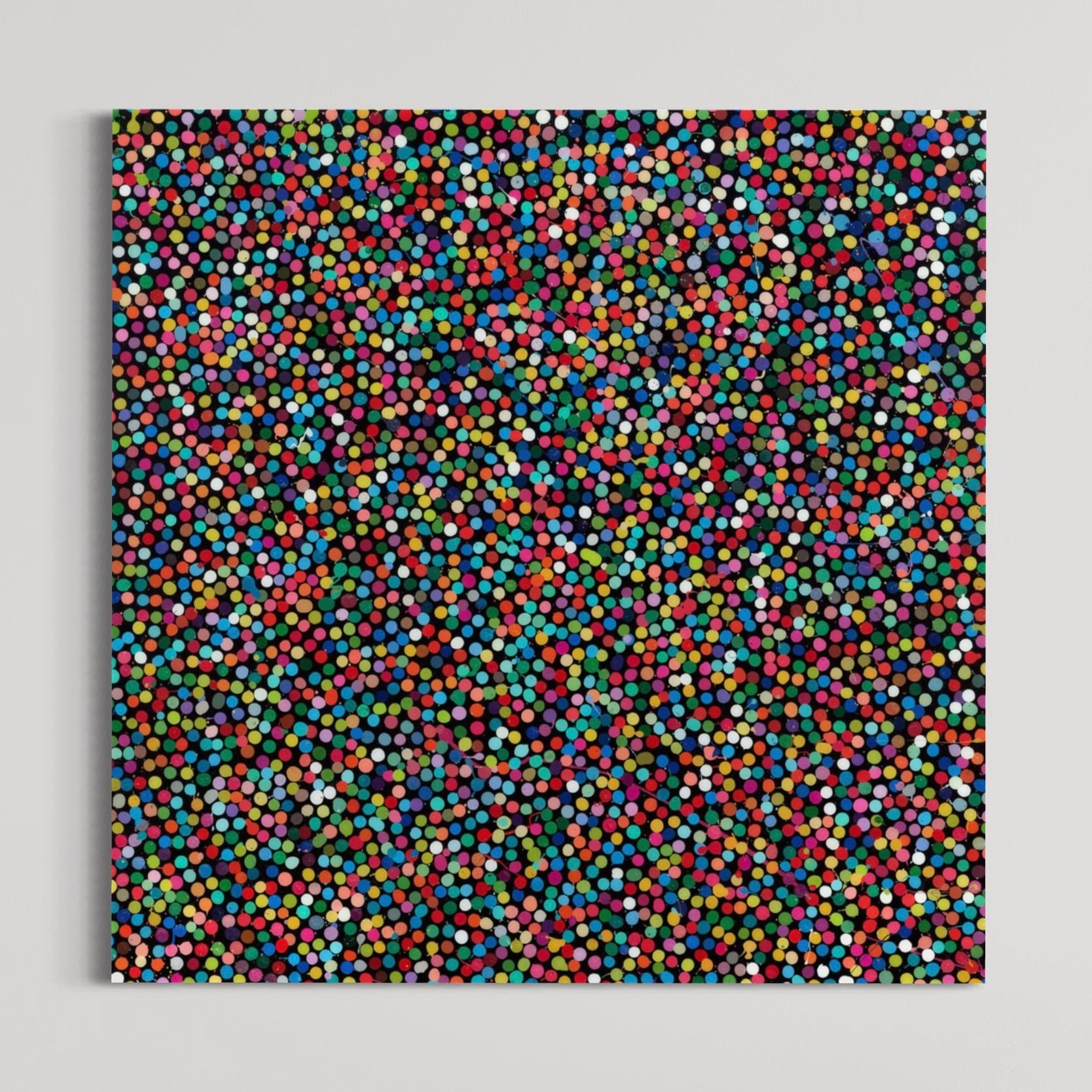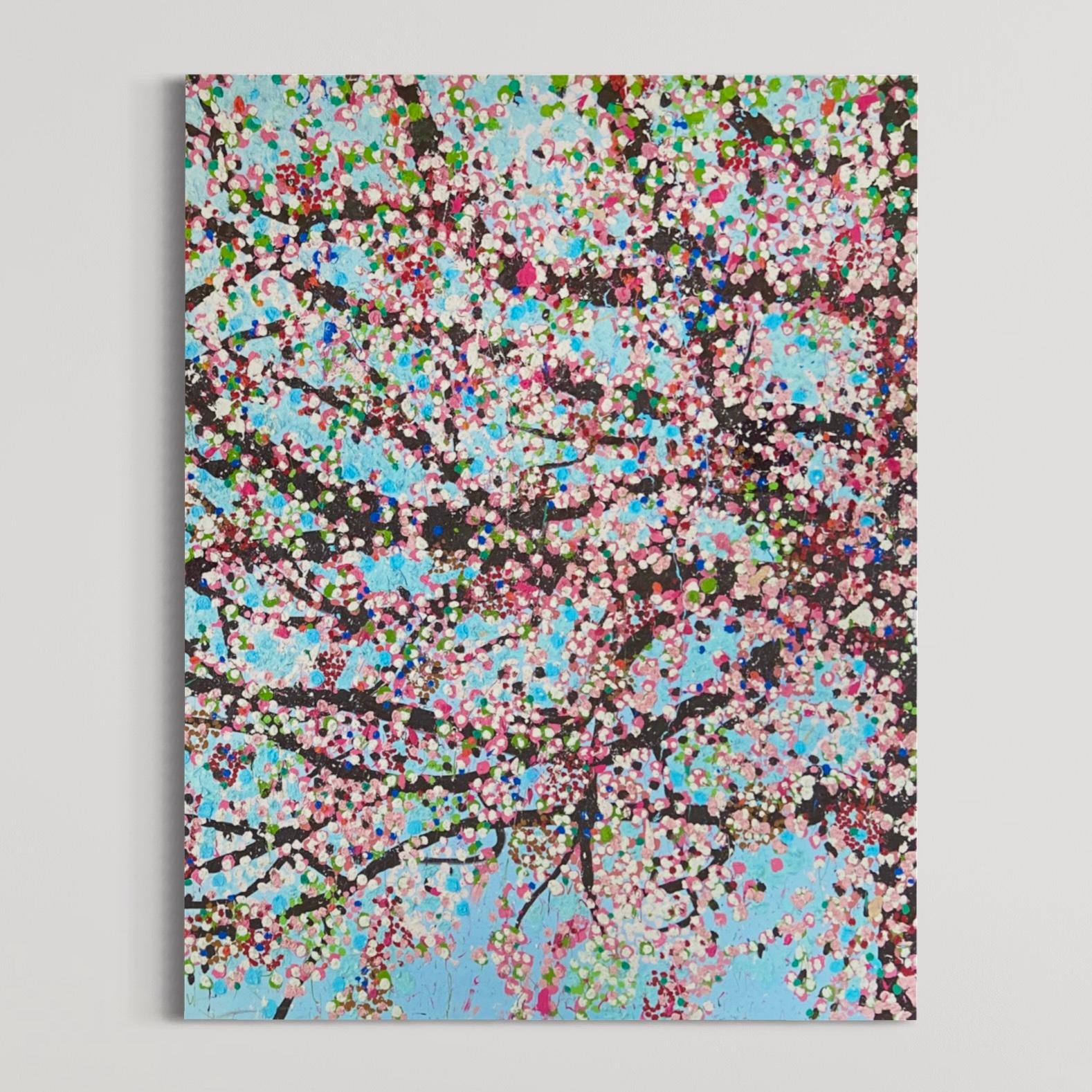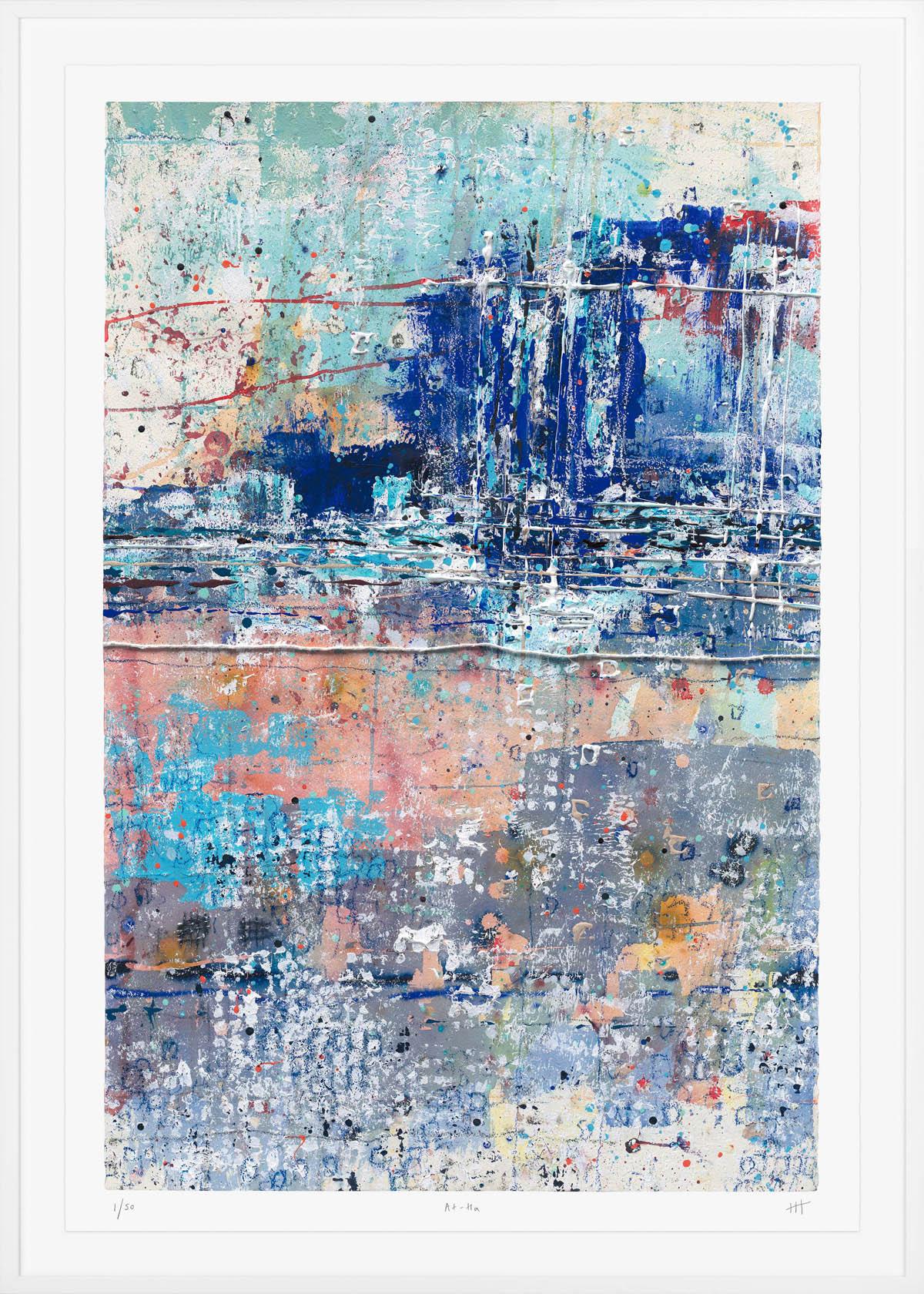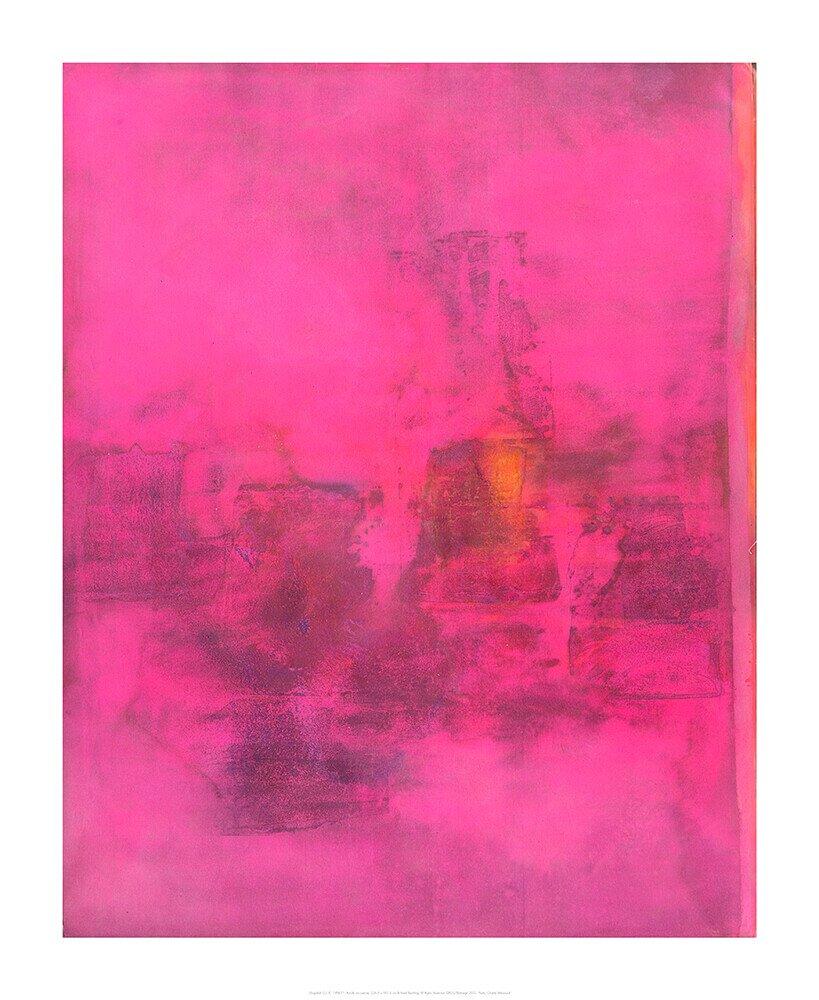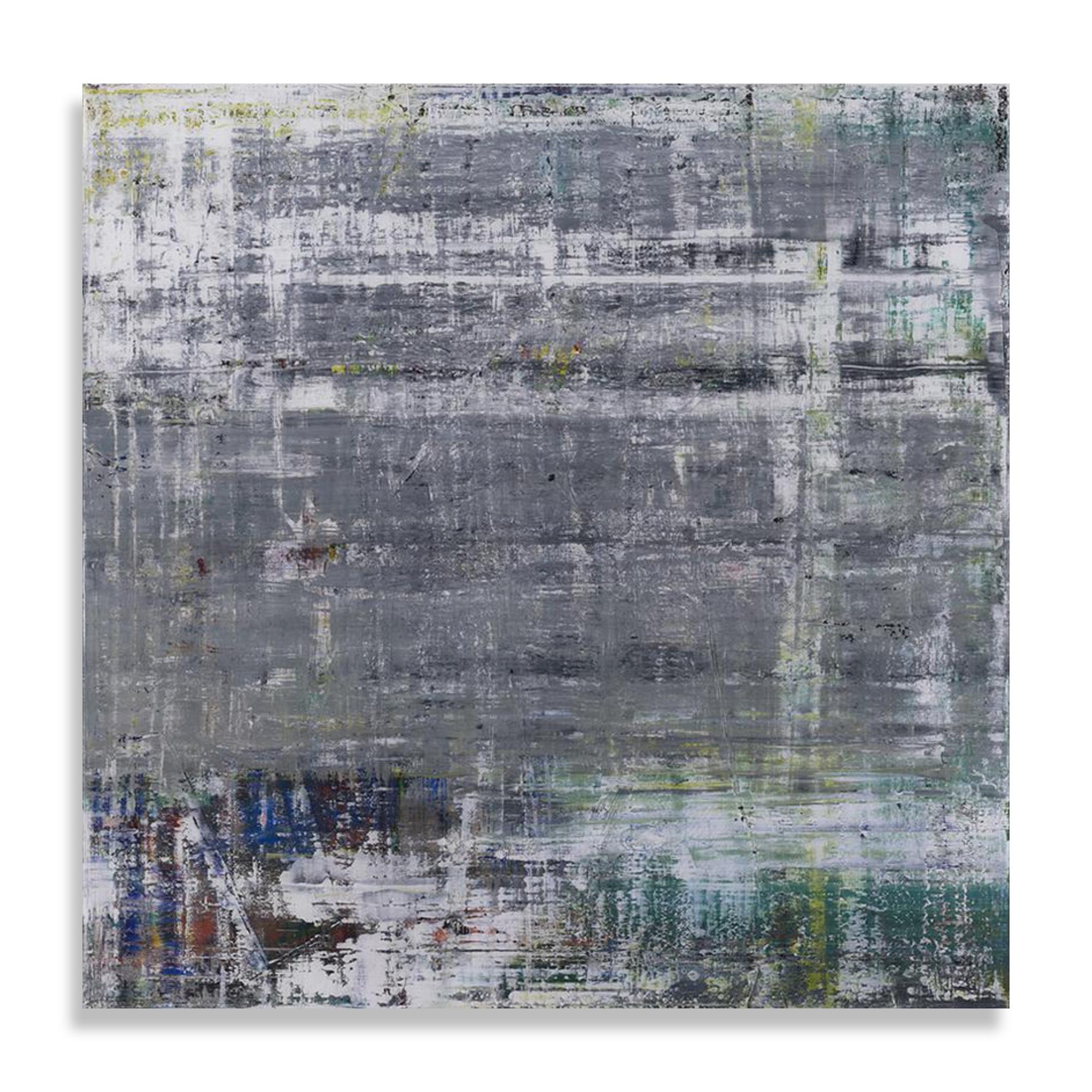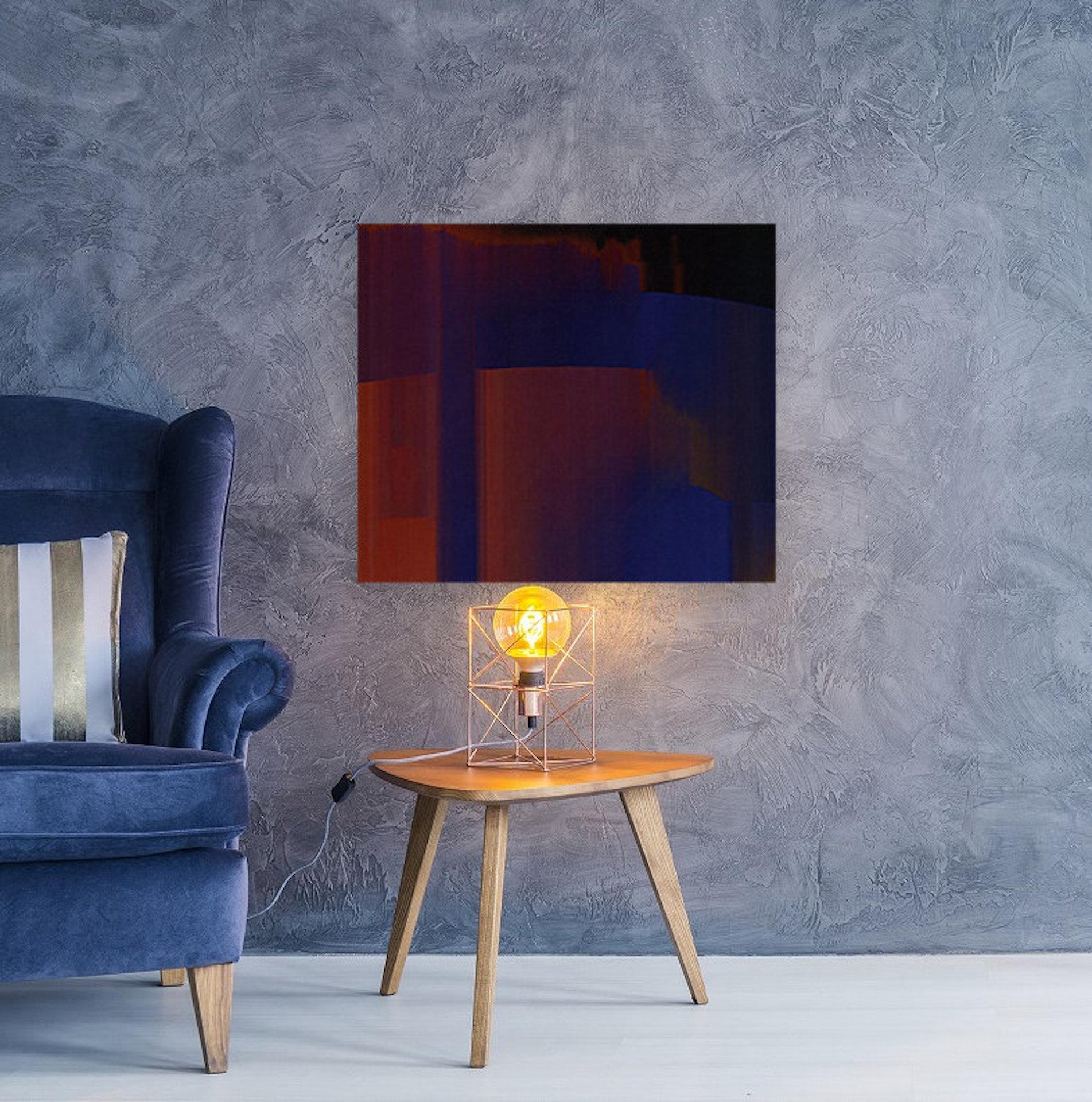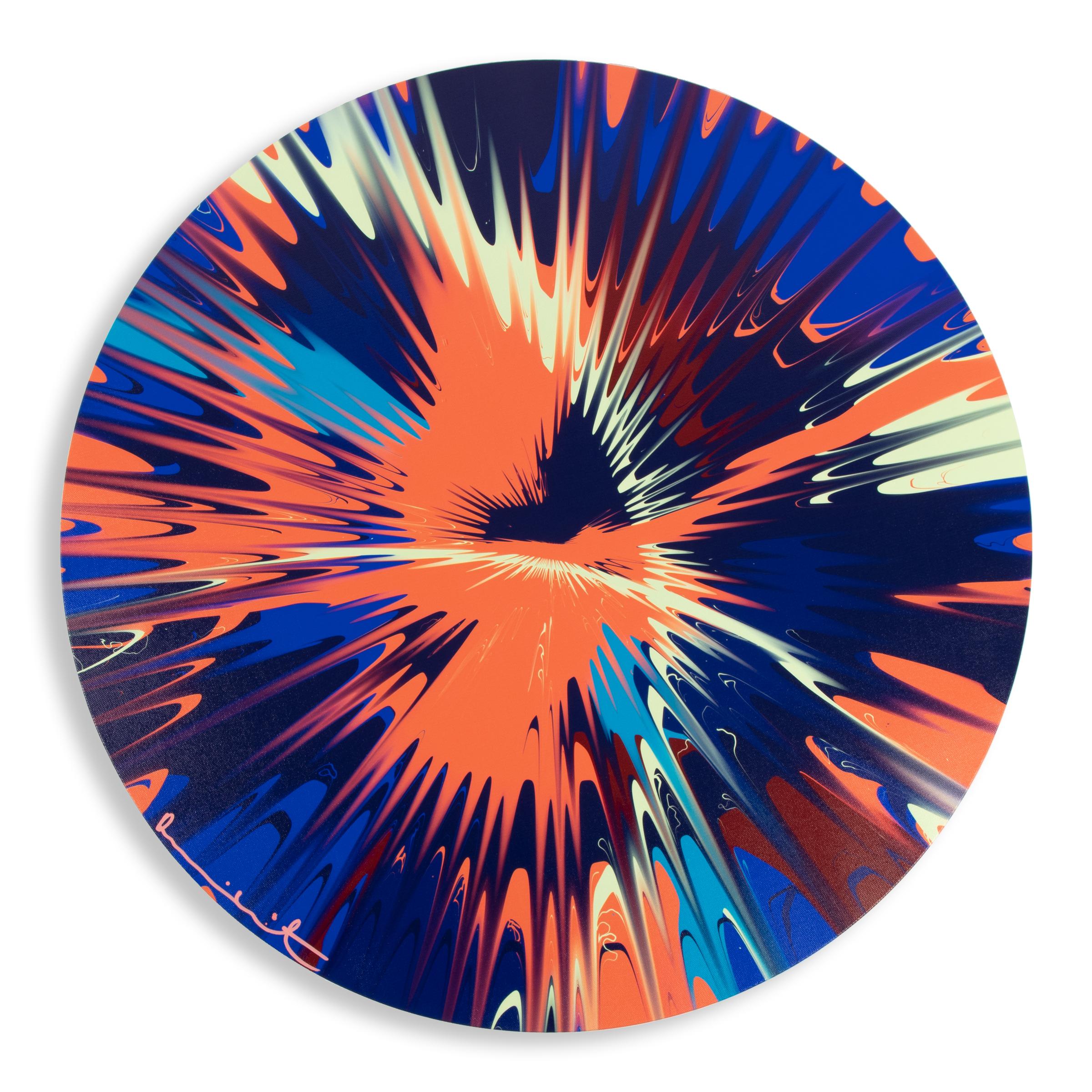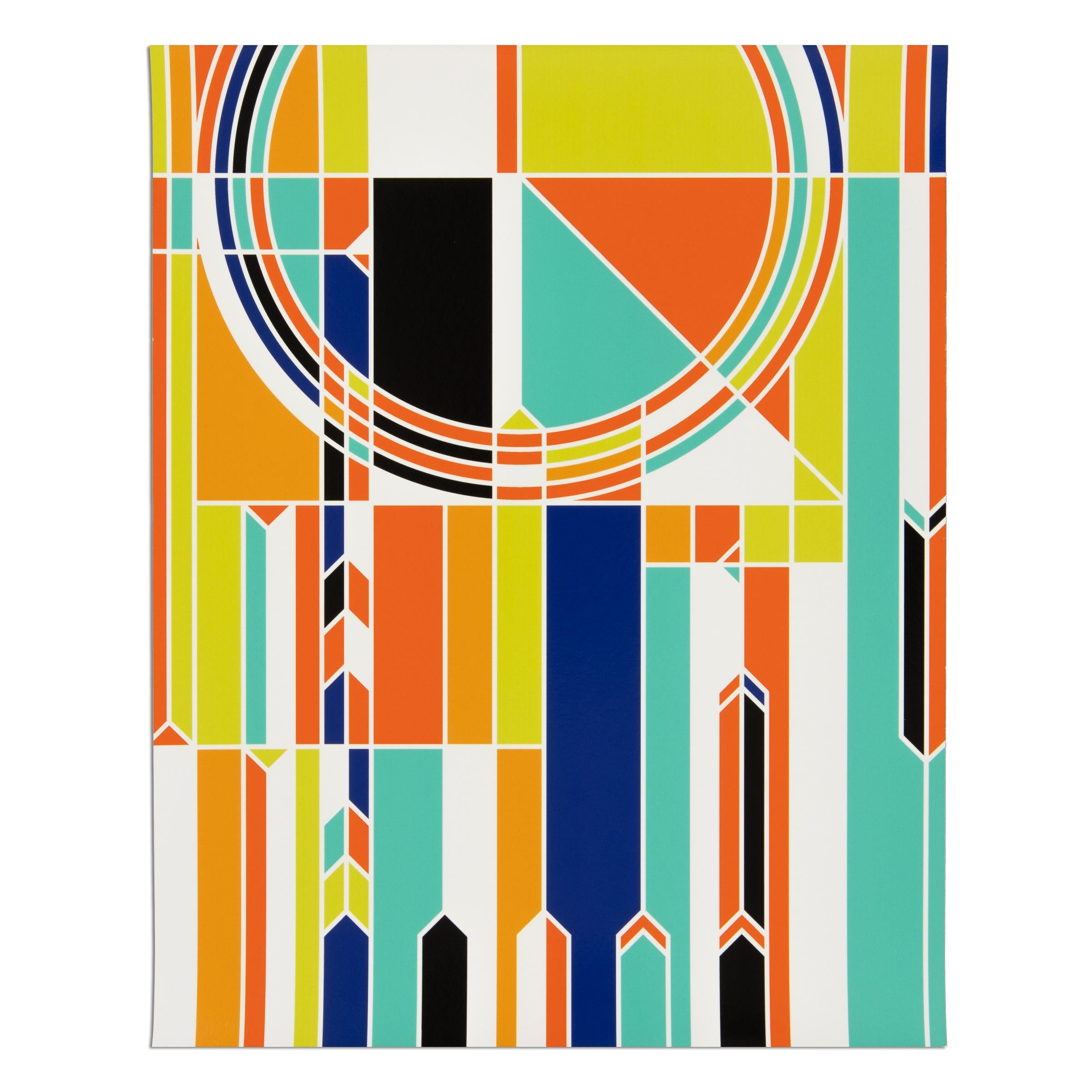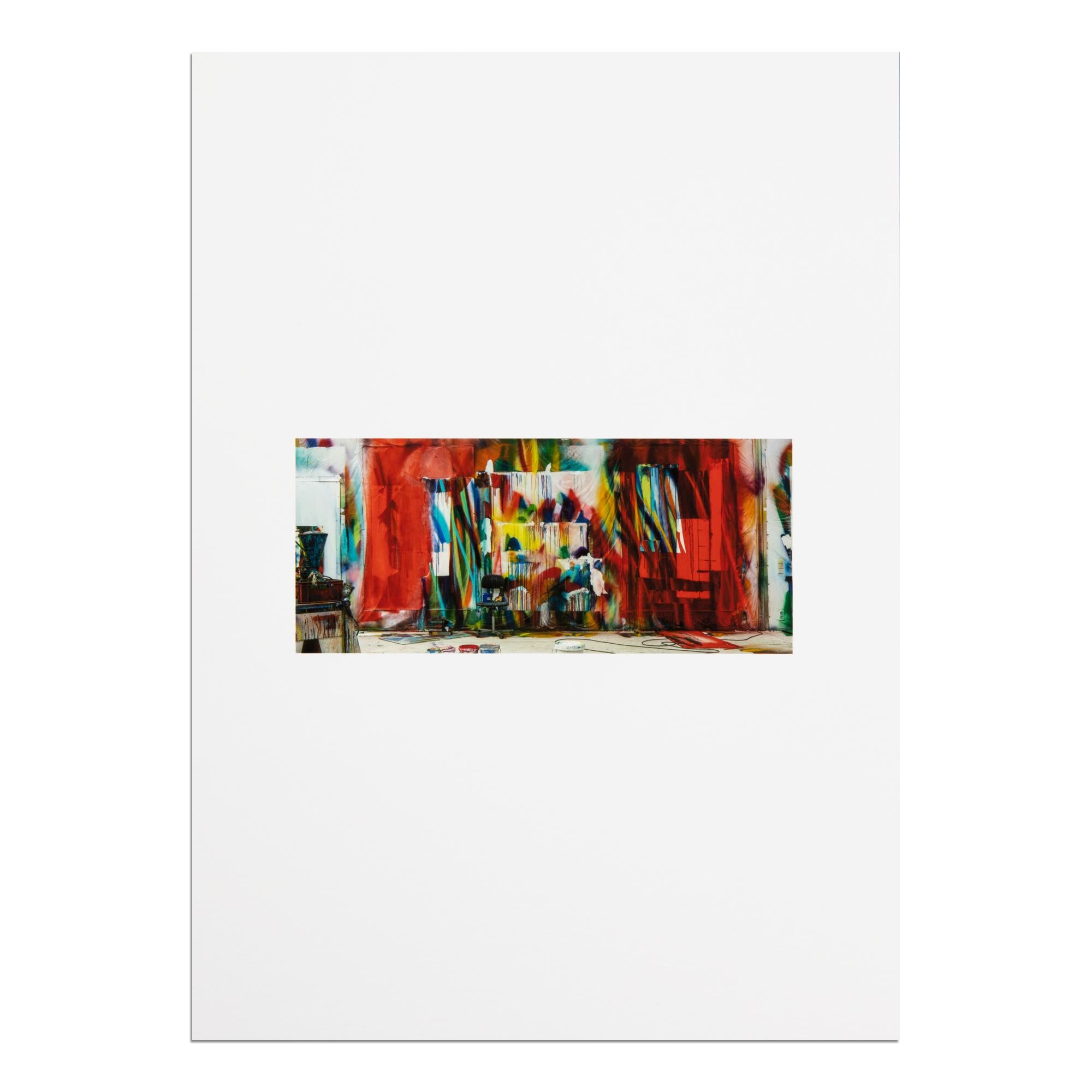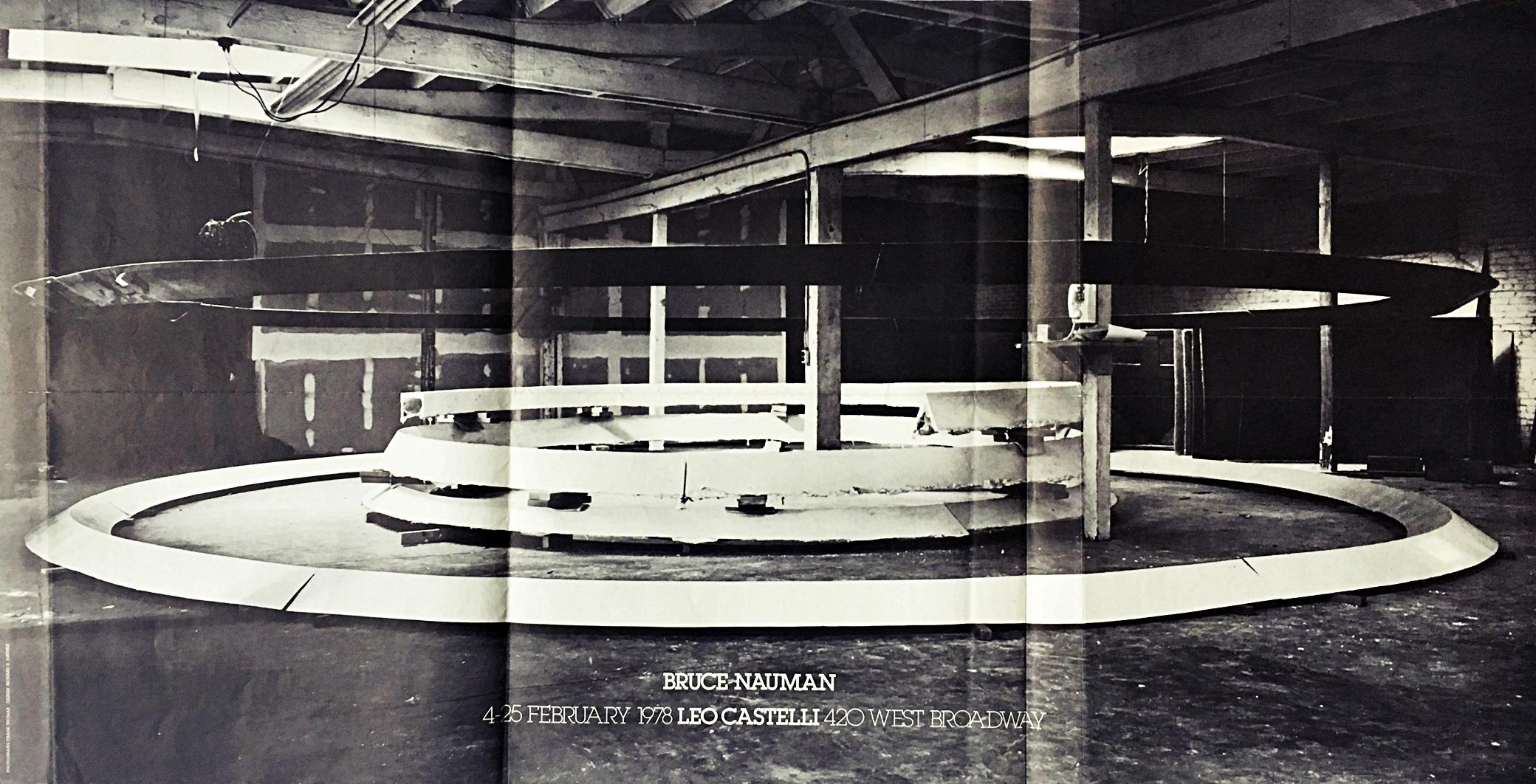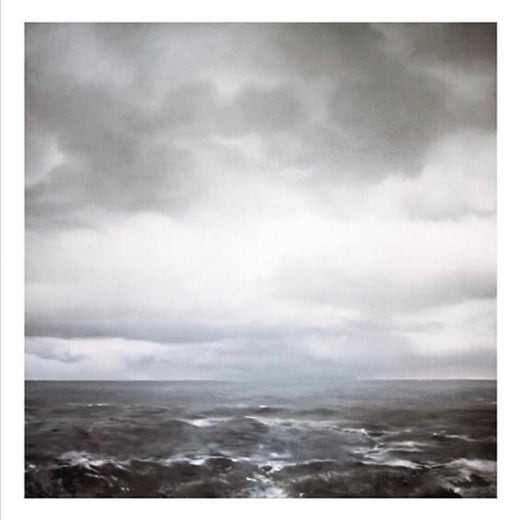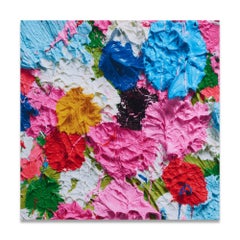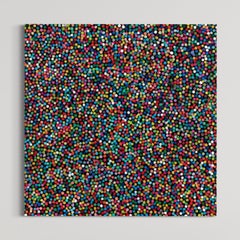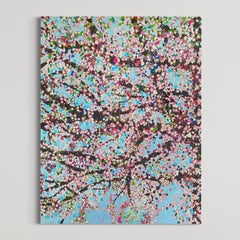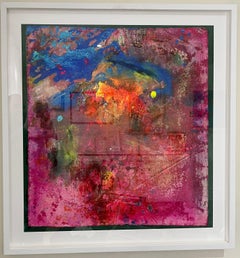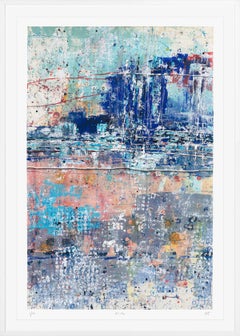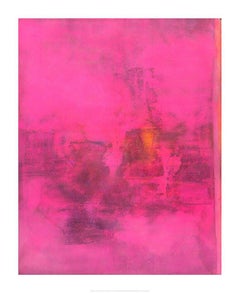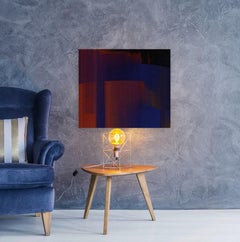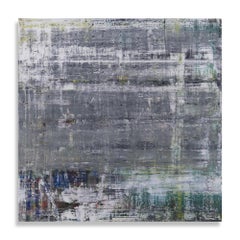
Gerhard Richter, Cage P19-3 - Original Print, Contemporary Art, Abstract Art
View Similar Items
Want more images or videos?
Request additional images or videos from the seller
1 of 6
Gerhard RichterGerhard Richter, Cage P19-3 - Original Print, Contemporary Art, Abstract Art2020
2020
$30,826.60List Price
About the Item
- Creator:Gerhard Richter (1932, German)
- Creation Year:2020
- Dimensions:Height: 39.38 in (100 cm)Width: 39.38 in (100 cm)Depth: 1.19 in (3 cm)
- Medium:
- Movement & Style:
- Period:
- Condition:
- Gallery Location:Hamburg, DE
- Reference Number:1stDibs: LU704314426272
Gerhard Richter
Gerhard Richter (German: [ˈʁɪçtɐ]; born 9 February 1932) is a German visual artist. Richter has produced abstract as well as photorealistic paintings, and also photographs and glass pieces. He is widely regarded as one of the most important contemporary German artists and several of his works have set record prices at auction.
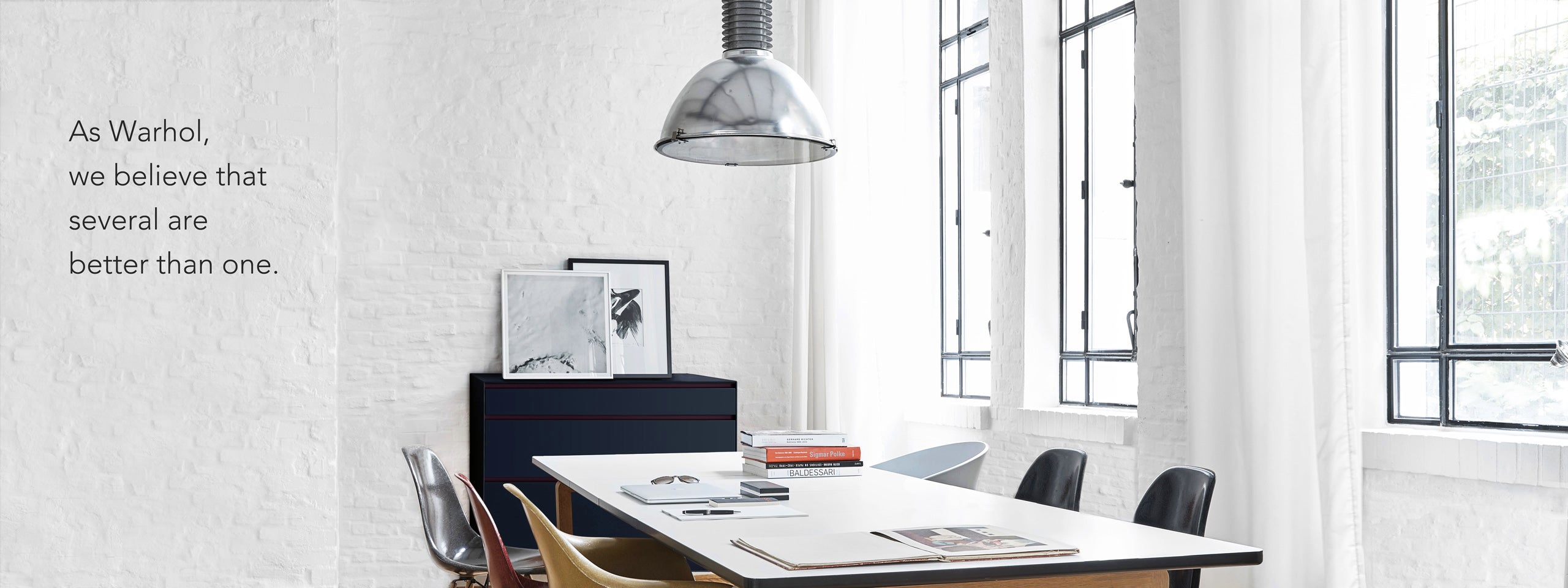
About the Seller
4.9
Gold Seller
Premium sellers maintaining a 4.3+ rating and 24-hour response times
Established in 2017
1stDibs seller since 2017
180 sales on 1stDibs
Typical response time: 11 hours
Authenticity Guarantee
In the unlikely event there’s an issue with an item’s authenticity, contact us within 1 year for a full refund. DetailsMoney-Back Guarantee
If your item is not as described, is damaged in transit, or does not arrive, contact us within 7 days for a full refund. Details24-Hour Cancellation
You have a 24-hour grace period in which to reconsider your purchase, with no questions asked.Vetted Professional Sellers
Our world-class sellers must adhere to strict standards for service and quality, maintaining the integrity of our listings.Price-Match Guarantee
If you find that a seller listed the same item for a lower price elsewhere, we’ll match it.Trusted Global Delivery
Our best-in-class carrier network provides specialized shipping options worldwide, including custom delivery.More From This Seller
View AllDamien Hirst, Fruitful (Small) - Signed Print, YBAs, Abstract Art
By Damien Hirst
Located in Hamburg, DE
Damien Hirst (British, born 1965)
Fruitful, 2020
Medium: Laminated Giclee print on aluminium composite panel
Dimensions: 39 x 39 cm
Edition of 3308: Printed signature and edition num...
Category
21st Century and Contemporary Abstract Abstract Prints
Materials
Panel, Giclée
Damien Hirst, Savoy (H5-8) - Signed Print, Contemporary Art, Abstract Art
By Damien Hirst
Located in Hamburg, DE
Damien Hirst (British, born 1965)
Savoy (H5-8), 2018
Medium: Diasec-mounted Giclée print on aluminum panel
Dimensions: 88.9 × 88.9 cm (35 × 35 in)
Edition of 100: Hand-signed and num...
Category
21st Century and Contemporary Abstract Abstract Prints
Materials
Giclée
Damien Hirst, Loyalty (The Virtues, H9-7) - Pop Art, Abstract Art, Signed Print
By Damien Hirst
Located in Hamburg, DE
Damien Hirst (British, b. 1965)
H9-7 Loyalty, 2021
Medium: Diasec-mounted Giclée print on aluminium composite panel
Dimensions: 120 x 96 cm
Edition of 1067: Hand-signed and numbered
...
Category
21st Century and Contemporary Abstract Abstract Prints
Materials
Giclée
Gerhard Richter, Cage P19-3 - Print, Contemporary Art, Abstract Art
By Gerhard Richter
Located in Hamburg, DE
Gerhard Richter (German, b. 1932)
Cage P19-3, 2020
Medium: Diasec-mounted Giclée print on aluminium composite panel
Dimensions: 100 × 100 × 3 cm (39 2/5 × 39 2/5 × 1 1/5 in)
Edition of 200: Numbered and labelled on verso; unsigned, as issued
Publisher: HENI Editions, London
Condition: Mint (shipped in original box)
“One of a series of Giclée prints based on Gerhard Richter’s ‘Cage...
Category
21st Century and Contemporary Abstract Abstract Prints
Materials
Giclée
Damien Hirst - Beautiful, Tastefully Sensuous Explosion Painting, Unique Print
By Damien Hirst
Located in Hamburg, DE
Damien Hirst (British, born 1965)
Beautiful, Tastefully Sensuous Explosion Painting (H12-2), 2023
Medium: Giclée print on poly-cotton artist canvas mounted on birch plywood stretcher...
Category
21st Century and Contemporary Pop Art Abstract Prints
Materials
Canvas, Giclée
Sarah Morris, London - Signed Print, Geometric Abstraction, Hand-Signed
By Sarah Morris
Located in Hamburg, DE
Sarah Morris (American, born 1967)
London, 2012
Medium: Digital print on rag paper with glaze
Dimensions: 38 x 30 cm (14 15/16 x 11 13/16 in)
Edition of 200: Hand-signed and numbered...
Category
21st Century and Contemporary Abstract Geometric Abstract Prints
Materials
Digital
You May Also Like
Hothead - Contemporary Art, Abstract Art
By Frank Bowling
Located in London, GB
Hothead, 2016
Giclée print on 330gsm Somerset Velvet cotton rag paper with an embossed publisher stamp
82 x 78 cm - Framed
80 x 75 cm - Sheet
Edition of 250
It comes with COA from t...
Category
2010s Abstract Abstract Prints
Materials
Giclée
Harriet Hoult, At-Ha, Signed Limited Edition Print Abstract Print
By Harriet Hoult
Located in Deddington, GB
Harriet Hoult
At-ha
Limited Edition Giclee Print
Edition of 50
Sheet Size: H 91cm x W 63cm x D 0.1cm
Signed by the Artist
This is a signed, Limited Edition Giclée print of the origi...
Category
2010s Abstract Abstract Prints
Materials
Giclée
Doughlah G.E.P., 1968-71 - Contemporary Art, Abstract Art
By Frank Bowling
Located in London, GB
Title: Doughlah G.E.P., 1968-71
Year made: 2023
Material: Giclée print on 330gsm Somerset Velvet cotton rag paper with an embossed publisher stamp
Edition of 250
It comes with COA f...
Category
2010s Abstract Abstract Prints
Materials
Giclée
Untitled 1982, Agent X, Bright Art, Contemporary Abstract Art, Neo-Expressionist
By Agent X
Located in Deddington, GB
Agent X
Untitiled 1982
Limited Edition of 40
Mixed Media on Paper
Sold Unframed
Paper Size: 101 cm x 88 cm x 1cm
Please note that in situ images are purely an indication of how a pie...
Category
21st Century and Contemporary Neo-Expressionist Abstract Prints
Materials
Paper, Giclée
Bruce Nauman at Leo Castelli
By Bruce Nauman
Located in New York, NY
Bruce Nauman
Bruce Nauman at Leo Castelli, 1978
Offset Lithograph Poster
18 1/4 × 36 inches
Unframed
This Bruce Nauman poster was created on the occasion of his exhibition at the Leo...
Category
1970s Abstract Abstract Prints
Materials
Lithograph, Offset
Rare 1970s offset lithograph exhibition poster (pencil signed by Philip Guston)
By Philip Guston
Located in New York, NY
Philip Guston at David McKee Gallery (pencil signed by Philip Guston), 1974
Lithograph and offset lithograph poster
Signed in graphite pencil under the image
24 1/2 × 20 inches
Unframed, unnumbered
Rare vintage lithographic poster of 1974 Guston exhibition at David McKee Gallery
Signed under the image in graphite pencil by Philip Guston
Another hand signed edition is in the permanent collection of Vassar College; otherwise we haven't seen another besides the present work; a true collectors item when hand signed by the artist.
Philip Guston Biography
Philip Guston (1913 – 1980) is one of the great luminaries of twentieth-century art. His commitment to producing work from genuine emotion and lived experience ensures its enduring impact. Guston’s legendary career spanned a half century, from 1930 to 1980. His paintings—particularly the liberated and instinctual forms of his late work—continue to exert a powerful influence on younger generations of contemporary painters. Born in Montreal, Canada, in 1913 to poor Russian Jewish émigrés, Guston moved with his family to California in 1919. Briefly attending the Otis Art Institute in Los Angeles in 1930, he was otherwise completely self-taught.
Guston’s first precocious work, Mother and Child, was completed when he was only seventeen years of age. Influenced by the social and political landscape of the 1930s, his earliest works evoked the stylized forms of Giorgio de Chirico and Pablo Picasso, social realist motifs of the Mexican muralists, and classical properties of Italian Renaissance frescoes of Piero della Francesca and Masaccio that he had seen only in reproduction. Painted in Mexico with another young artist, the huge fresco The Struggle Against War and Fascism drew national attention in the US. Guston’s success continued in the WPA, a Depression-era government program that commissioned American artists to create murals in public buildings. While not widely known today, the young artist’s early experiences as a mural painter allowed a development of narrative and scale that he would draw upon in his late figurative work. In the early 1940s, as the WPA program was ending, Guston found work teaching at universities in the Midwestern United States. In his studio, he was working in oils on easel paintings that were more personal and smaller in scale, focusing on portraits and allegories, like Martial Memory and If This Be Not I. His first solo exhibition in Iowa was well received and, within a few years, he was offered his first solo show in New York City. Guston was awarded a Prix de Rome, allowing him to leave teaching and spend a year in Italy, studying firsthand the Italian masters he loved.
By the time he had finished The Tormentors, Guston’s move to abstraction was all but complete. On his return from Italy, he continued dividing his time between the artists’ colony of Woodstock in Upstate New York and New York City, which was then emerging as the center of the postwar art world. He rented a studio on 10th Street, where abstract expressionists Jackson Pollock, Willem de Kooning and Mark Rothko also worked. For Guston, success was never what mattered most. He was already impatient with the language of pure abstraction and experimenting with larger forms, using a limited palette of grays, pinks and blacks. As his forms became still more reduced, he stopped painting altogether and embarked on a series of simplified abstract “pure drawings” in brush or charcoal. At this juncture, Guston removed himself from the art scene in New York, living and working in Woodstock for the remainder of his life.
Guston’s move was hardly a withdrawal. Freed from the distractions and formal constraints of the art world and the opinions of critics, he was able to experiment with new forms and to engage more deeply with the issues that mattered to him.
The 1960s was a period of great social upheaval in the United States, characterized by assassinations and violence, civil rights and anti-war protests. “When the 1960s came along I was feeling split, schizophrenic,” Guston later said. “The war, what was happening to America, the brutality of the world. What kind of man am I, sitting at home, reading magazines...
Category
1970s Abstract Expressionist Abstract Prints
Materials
Lithograph, Offset
Recently Viewed
View AllMore Ways To Browse
Miquel Barcelo
P Levine
Robert Motherwell Africa
Andy Warhol Sunset
Damien Hirst Cherry Blossom
Jack Sherman
Roy Lichtenstein Brushstrokes
Accardi Carla
Chryssa Chinatown
Crayfish Sculpture
Douglas Gordon
Joan Miro Litografia
Michael Abramson
Rex Brandt
Syracuse Plates Vintage
Vasarely Zebra
Victor Vasarely Zebra
Vintage Montreal Poster
